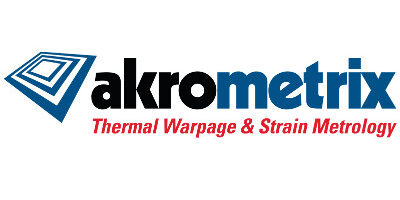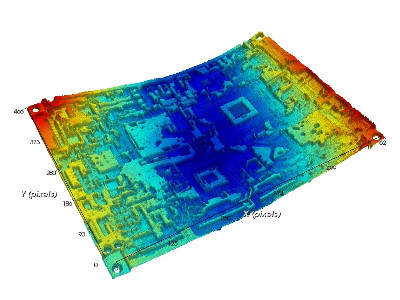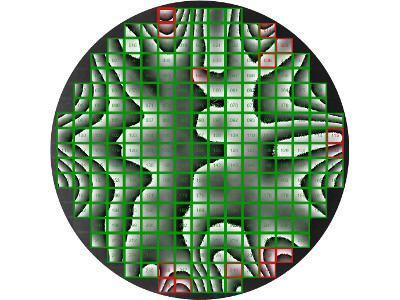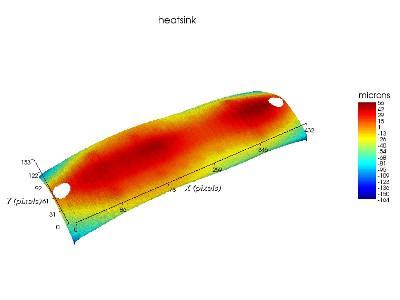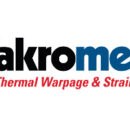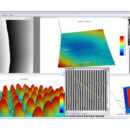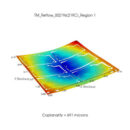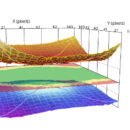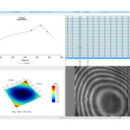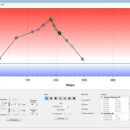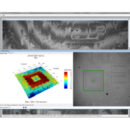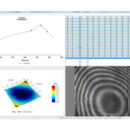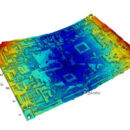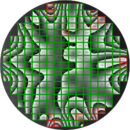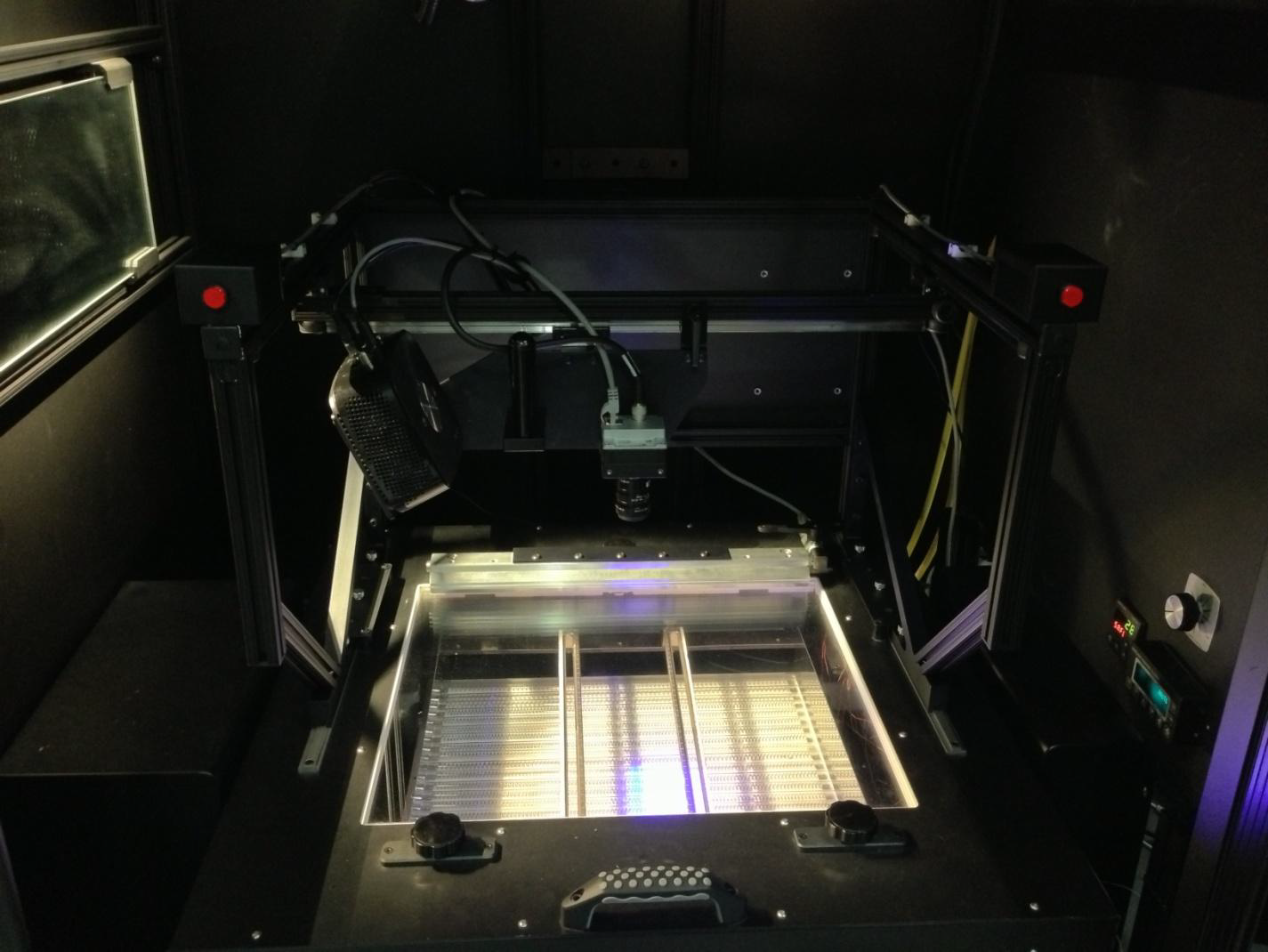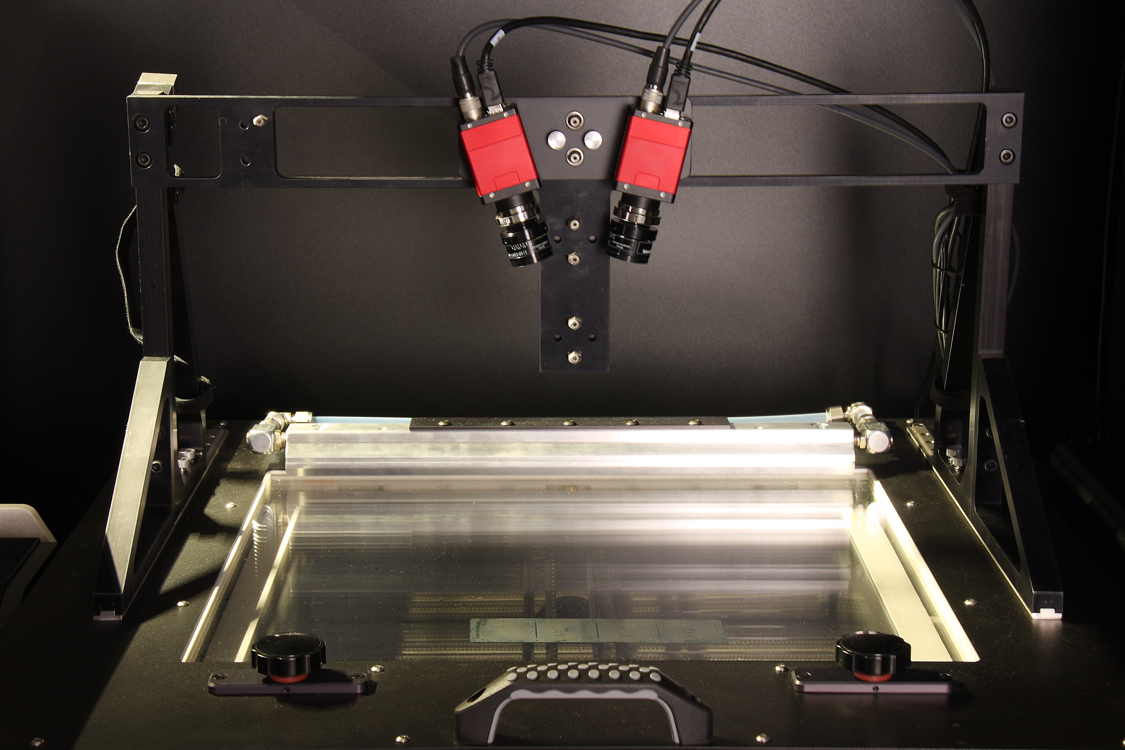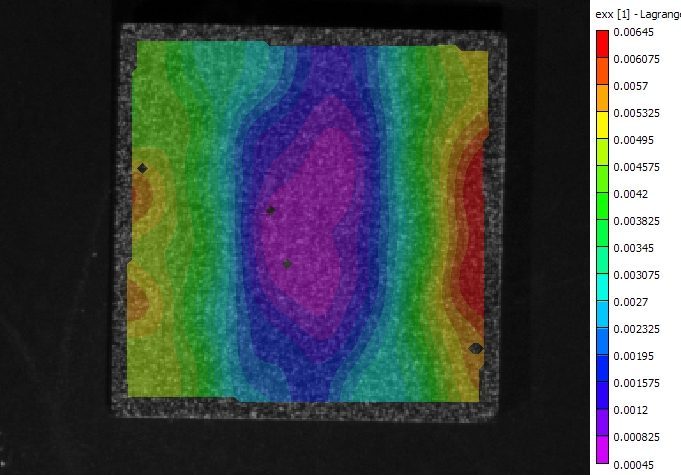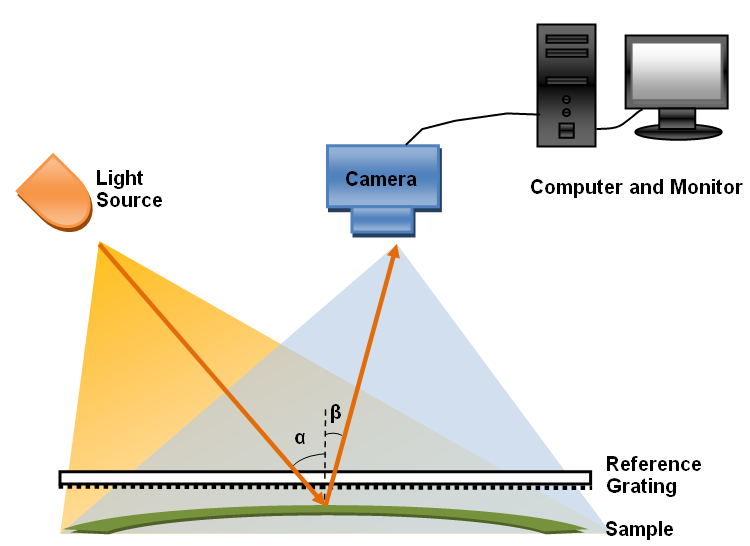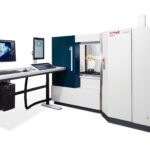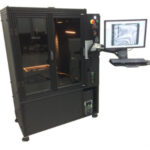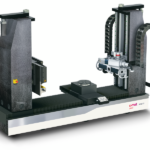The AKM600P is based on the proven Shadow Moiré process utilised throughout the Akrometrix product range and is a warpage metrology solution specifically designed for the FOWLP market as it moves to panels. Derived from the existing PS600S PCB warpage metrology tool, it is capable of assessing both wafer sized and panel sized products. Its size and capacity mean that it can accommodate panels up to 610 mm x 600 mm, and wafers of any size. It is able to provide warpage metrology for samples of die, global wafer or panel form. Calibration is done with an NIST traceable standard (included).
Utilising the Shadow Moiré Technique for warpage metrology, the AKM600P is capable of Z-resolution down to 1.25 µm with full field of view imaging. This provides a Single Shot capture of the entire wafer/panel, regardless of size, competing favourably with competitive systems with small FOV’s or single point data capture.
Full Image capture takes less than 2 seconds. There is an optional oven for those applications needing warpage measurements over a temperature profile between room temperature and 300°C.

